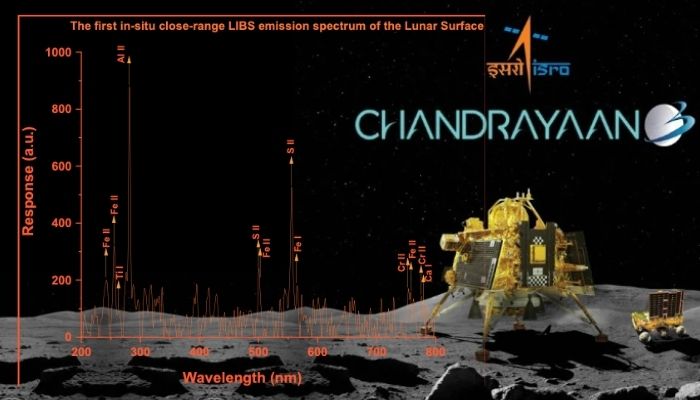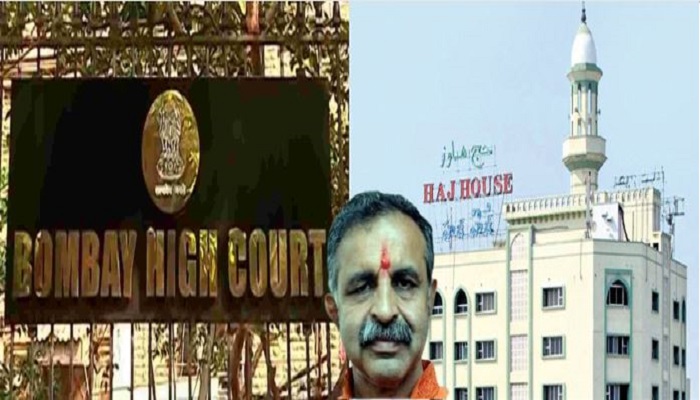Chandrayaan-3: Pragyan Rover conducts in-situ experiments, confirms Sulphur, Chromium, Titanium, and other elements in lunar soil

[ad_1]
In another first, the Indian Space Research Organisation (ISRO) has confirmed the presence of Sulphur (S) on the lunar surface near the south pole, through first-ever in-situ measurements. As part of its ongoing in-situ (on-site) experimentation, ISRO has also found traces of various elements that were anticipated to be present on the lunar surface.
The various metals/non-metals found by ISRO include Aluminum (Al), Calcium (Ca), Iron (Fe), Chromium (Cr), Titanium (Ti), Manganese (Mn), Silicon (Si), and Oxygen (O). The space agency added that the process to find traces of Hydrogen (H) is still underway.
Taking to X, ISRO shared this elating news. In the post, it also included a graph that shows the emission spectrum of the lunar surface.
ISRO said, “Laser-Induced Breakdown Spectroscope (LIBS) instrument onboard the Rover unambiguously confirms the presence of Sulphur (S) in the lunar surface near the south pole, through first-ever in-situ measurements. Al, Ca, Fe, Cr, Ti, Mn, Si, and O are also detected, as expected. Search for Hydrogen (H) is underway.”
Chandrayaan-3 Mission:
In-situ scientific experiments continue …..
Laser-Induced Breakdown Spectroscope (LIBS) instrument onboard the Rover unambiguously confirms the presence of Sulphur (S) in the lunar surface near the south pole, through first-ever in-situ measurements.… pic.twitter.com/vDQmByWcSL
— ISRO (@isro) August 29, 2023
In simple terms, various elements react differently when they are subjected to various wavelengths. Afterward, they could be identified on the basis of certain characteristics (emission spectrum) they exhibit.
This scientifically important data has been gathered with the help of a Laser-Induced Breakdown Spectroscope (LIBS) instrument which is onboard the Pragyan rover.
Notably, the LIBS instrument is developed at the Laboratory for Electro-Optics Systems (LEOS)/ISRO, Bengaluru.
Earlier, the ISRO shared some high-quality images of the lunar surface from the navigational camera. The space agency revealed that it successfully navigated a massive 4-metre diameter crater which was located on the earlier path of Pragyan rover. However, it relayed a message and asked the rover to retract its path and find an alternate route for conducting experimentation.
During the ongoing experimentation, ISRO added another historic feat when it shared the first-ever temperature profile of the lunar south pole. Back then, the Space Agency shared that temperature sharply changes at various depths highlighting that the temperature difference could be as high as 10°C in a meager depth of 2 cm.
[ad_2]
Source link



